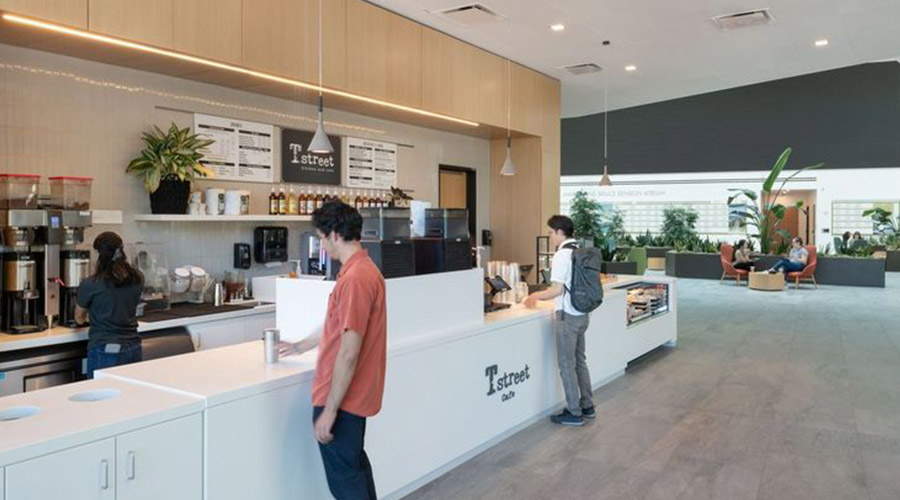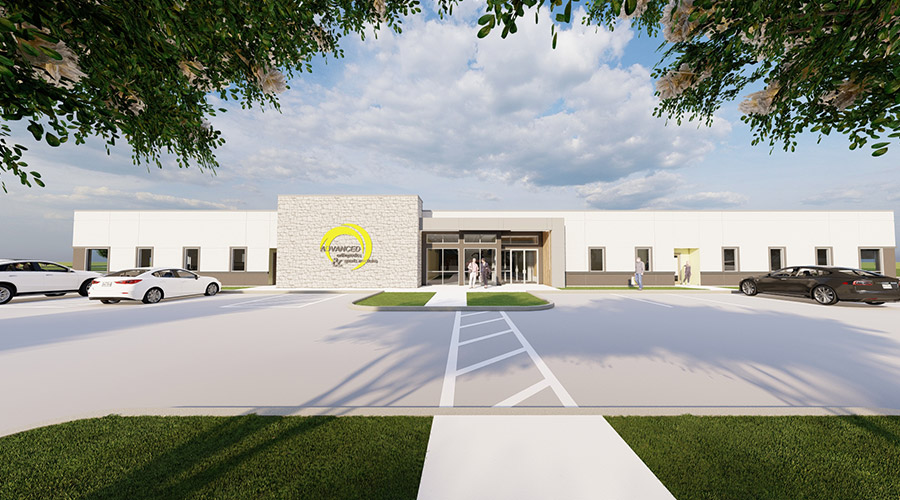Protection of data and electronic records is critical in healthcare mission critical environments like hospitals and associated data centers. It can be difficult to understand how facilities would be affected if a disastrous fire event were to damage heat-sensitive technology or disable the network or data center housing patient billing and medical information.
In any case, hospital data centers that experience failure, damage or downtime can result in catastrophic consequences including crippling facility damage, severe financial costs, loss of precious data and injury to patients – all of which jeopardize the survival of an organization and wellbeing of its patient population. Of the risks these mission critical environments and data centers face, there is a hidden risk posing potentially irreparable damage to facilities in the case of a fire- suppression technologies and the acoustics they produce.
The hidden risks of acoustics
Hard disk drives (HDDs) are a primary means of information storage in data centers and centers are continuously improving their efficiencies to store and process more data. However, advancements in computing hardware have led to an increase in HDDs sensitivity to sound, notably noise generated by inert or halocarbon gas fire suppression systems. Gas fire suppression systems, normally used to protect data center equipment, can produce sound levels that may have adverse effects on noise sensitive equipment. The noise output from gas fire suppression systems can reach up to 130 decibels, the same level of sound an airplane makes during take-off and almost loud enough to cause eardrum rupture.
These powerful acoustics create vibrations within hard drives, potentially damaging mission critical equipment, environments and data. As a result, facilities could lose thousands or millions of health records due to damaging acoustic noise and suffer significant monetary loss caused by data center downtime. The potential consequences of acoustic noise can threaten the livelihood of the organization and of its patients, however, this kind of long-term damage can be avoided.
For mission critical facilities and data centers, there are a few key ways to mitigate the risk of acoustic sound and diminish business disruption in the case of a fire.
How to mitigate the risk and damage of sound and suppression
Implementing noise-reducing acoustic nozzles
Data centers must evaluate the acoustics from fire suppression systems and consider implementing strategies to lower the sound power level of agent discharge nozzles to prevent HDD degradation and improve noise absorption in the case of a fire. The standard discharge nozzles have proven to successfully suppress fire but generate elevated noise levels reducing the performance of HDDs. Acoustic nozzles with innovative noise-reducing features are designed for low sound power to achieve a 20-decibel reduction in sound on average. Thus, by significantly lowering sound power levels and subsequently the SPLs it reduces the risk of damage to HDDs in data centers and mission critical environments. By minimizing sound at the discharge of fire suppression systems, critical server and battery rooms, data center processing halls, peripheral UPS and hard drives are better protected from fire events and acoustic noise.
Calculate your specific parameters and acoustic needs
Every data center room and facility protected by a gas fire suppression system will yield different sound path absorption properties. Data center operators should conduct room acoustic calculations to ensure the fire suppression system installation meets sound performance requirements. This helps reduce the risk of HDD degradation if the gas fire suppression system discharges. Once calculations are performed, the estimated HDD sound pressure level can be compared to an HDD acoustic noise performance curve to determine the data center noise specification or applicable HDD manufacturer’s data. This allows system designers to determine the necessary suppression system nozzles, HDD placement or room path material modifications to greatly reduce the risk of damage to HDDs in the event of a fire suppression system discharge.
Design data center infrastructures with prevention in mind
When designing or building a data center, there are several best practices to keep in mind, along with noise suppression systems, that helps prevent damage. First, utilize room dampening materials in the facility such as softer construction materials and sound absorption panels to support the capabilities of sound reducing technologies. Additionally, be conscious of the locations and placements of HDDs in the space. By locating HDDs as far away as possible from sound sources and the fire suppression nozzle discharge path, the risk of damage is further reduced in the case it is set off by a fire. Additionally, use isolation mounts to prevent rack vibrations from transmitting to HDDs when suppression tools are set into action to prevent associated damage from impacted equipment.
Fire events can pose significant destruction to data centers, however mitigating the risk of associated acoustic sound helps prevent further damage in the wake of a fire that can significantly impact the outcome and level of repair the situation warrants. From reducing downtime and resulting costs, preventing loss of historical patient and financial data files and maintaining the ability to properly care for patients- the harm caused by a fire with innovative and customizable fire suppression technologies can be the difference between a close call, damage and irreparable destruction.
Derek Sandahl is a Global Product Manager, Engineered Fire Suppression Systems for Johnson Controls

 Tailoring Hospital Amenities to Occupants' Needs
Tailoring Hospital Amenities to Occupants' Needs Construction Kicks Off on New Advanced Orthopaedics & Sports Medicine MOB
Construction Kicks Off on New Advanced Orthopaedics & Sports Medicine MOB The Double-Edged Sword of AI in Healthcare Cybersecurity
The Double-Edged Sword of AI in Healthcare Cybersecurity Third-Party Vendors and Networks Pose Risks for Healthcare Cybersecurity
Third-Party Vendors and Networks Pose Risks for Healthcare Cybersecurity Community Health Network and Lifepoint Behavioral Health Form Joint Venture
Community Health Network and Lifepoint Behavioral Health Form Joint Venture